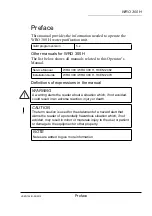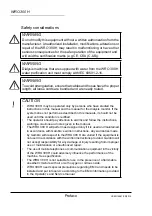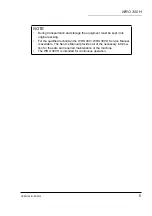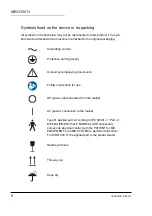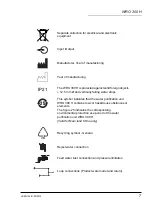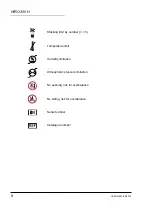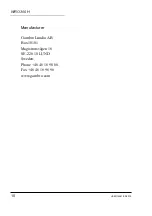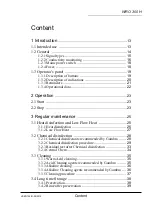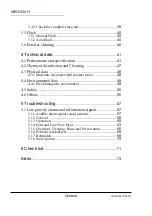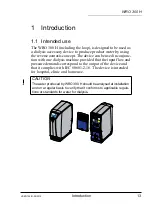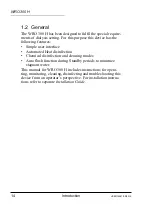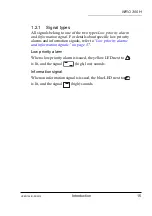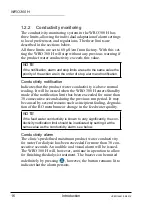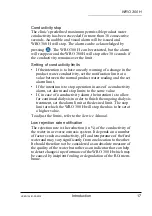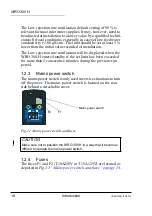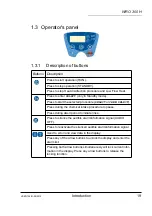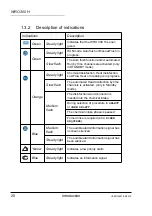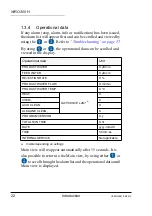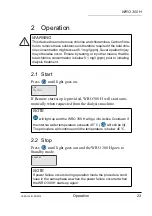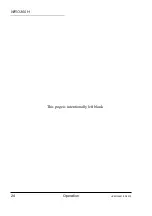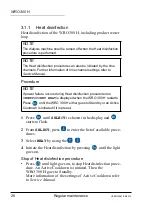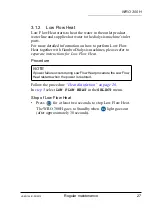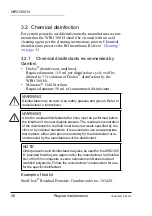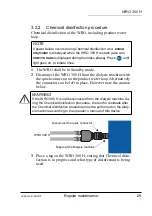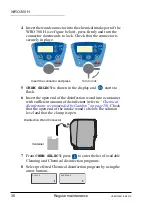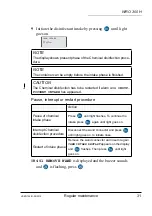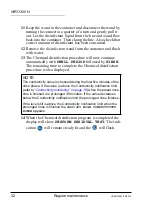
WRO 300 H
HCEN12481-02/2012
Introduction
17
Conductivity stop
The clinic's predefined maximum permissible product water
conductivity has been exceeded for more than 30 consecutive
seconds. An audible and visual alarm will be issued and
WRO 300 H will stop. The alarm can be acknowledged by
pressing
. The WRO 300 H can be restarted, but the alarm
will reappear and the WRO 300 H will stop after 30 seconds if
the conductivity remains over the limit.
Setting of conductivity limits
•
If the intention is to have an early warning of a change in the
product water conductivity, set the notification limit at a
value between the normal product water reading and the set
alarm limit.
•
If the intention is to stop operation in case of a conductivity
alarm, set alarm and stop limits to the same value.
•
If, in case of a conductivity alarm, the intention is to allow
for continued dialysis in order to finish the ongoing dialysis
treatment, set the alarm limit at the desired limit. The stop
limit at which the WRO 300 H will stop then has to be set at
a higher value.
To adjust the limits, refer to the
Service Manual
.
Low rejection rate notification
The rejection rate is the reduction (in %) of the conductivity of
the water in a reverse osmosis system. It depends on a number
of factors such as conductivity, pH and temperature of the feed
water and may vary significantly from one location to the other.
It should therefore not be considered as an absolute measure of
the quality of the water but rather as an indicator that can help
to detect changes in performance of the WRO 300 H which may
be caused by incipient fouling or degradation of the RO-mem-
brane.

